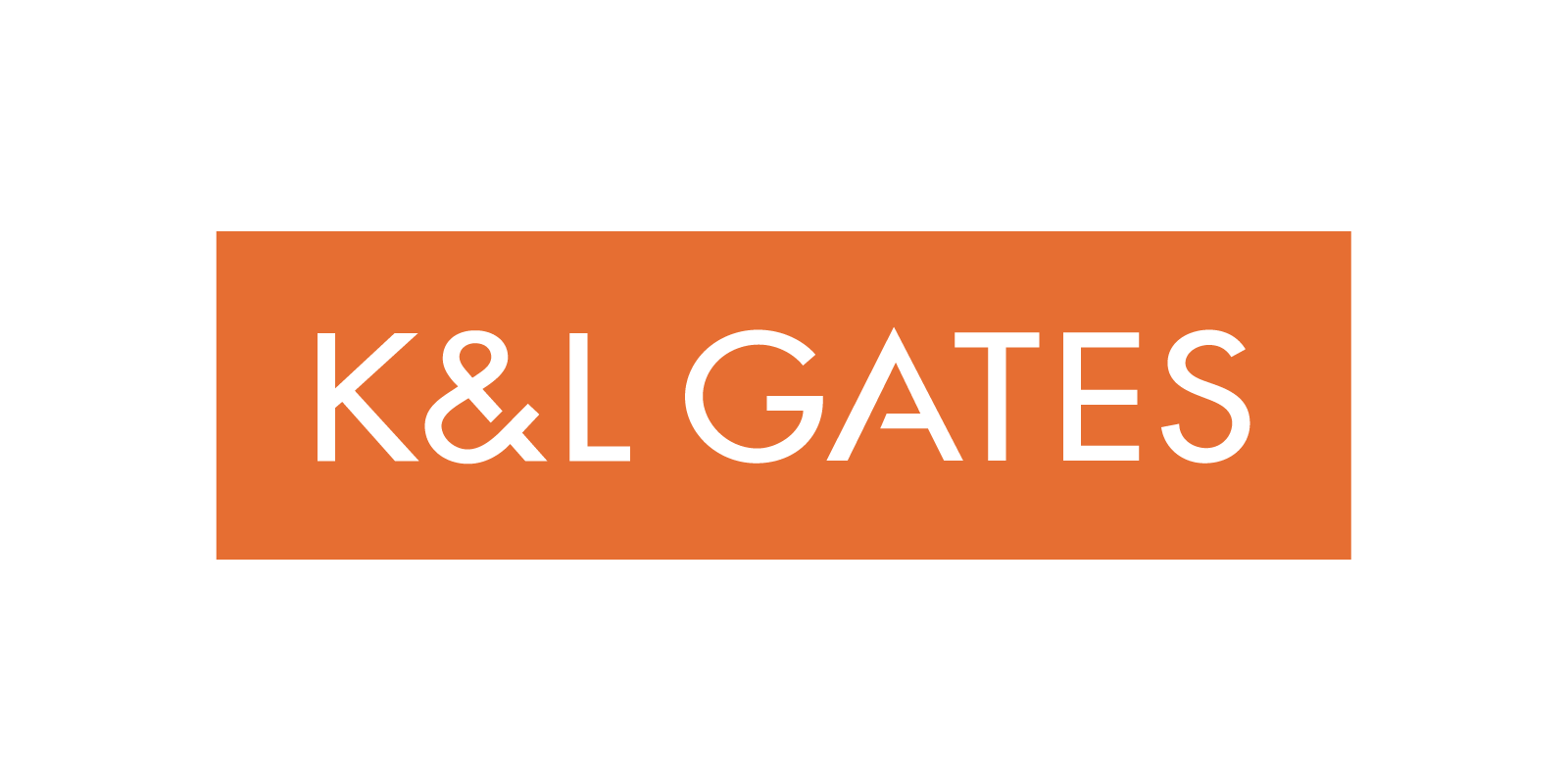When Warwick Irwin returned home after a week away, he was shocked by the ruin inside.
It was February 2022 and two days earlier his North Lismore house had flooded to the ceiling. “It was quite a mind-blowing experience when I got into the house when the water went down.”
He was eventually offered a buyback, and used the money to buy elsewhere – “well above the flood level”.
“I was going to stay on but I thought about it and … there would always be an anxiety about the next flood,” Irwin said. He was glad not to have sold at a loss, unlike others in the region.
Almost 2,000 homes in Lismore were affected by flooding in 2022, and the price gap between flood-prone and flood-free houses has since increased considerably, according to a new report by the Climate Council and property data firm PropTrack.
Floods have collectively wiped $42.2bn from the value of Australian homes, the report shows, in an analysis of more than two decades of property data.
It found that the median value of a three-bed, two-bath home in a flood-prone zone as of April 2025 was $75,000 less than a home without flood risks. For the 2m flood-prone houses across Australia, at least 70% have had their values reduced by flood risk.
Sign up: AU Breaking News email
Climate Councillor and economist Nicki Hutley, a co-author of the report, said more than half of flood-prone properties were owned or rented by low-income families. “Those are people for whom there is no choice but to take on that [flood] risk,” she said. Climate risks were “exacerbating intergenerational inequality” in Australia, Hutley added.
Kate Smolders, a Brisbane mother of two, sold her family home in Chelmer after it flooded in 2011 and 2022. “We knew we couldn’t go through it again. We lost value on our home,” she said. “Families like mine are paying the price for climate inaction – not just emotionally, but financially.”
Chelmer topped the PropTrack report as the suburb with the greatest value loss for houses, of 10.6%, with an average impact of $303,000.
“High-value suburbs that are also flood-exposed are repricing,” the report found. “Over time, this may lead to a structural divergence in housing wealth accumulation based on climate resilience.”
Of the properties at risk of flooding, 40% were in Queensland and 30% in New South Wales.
Hutley said the report highlighted the need for a robust adaptation plan with funding for both community-level infrastructure – such as dam levees and raised roads – and support for individual households.
Jason Byrne, a professor of human geography and planning at the University of Tasmania, who was not involved in the report, said the findings highlighted “the costs imposed by a changing climate and how our planning systems are struggling to cope”.
“We are seeing the beginnings of a response in some states … where more accurate flood mapping is informing planning decisions not to allow intensification of development in flood-prone areas,” Byrne said.
“The development industry is quick to decry any effort in planning to limit development in flood prone areas,” Byrne said. “We have seen some councils in South Australia effectively choosing to ignore their flood mapping because it is seen to harm prospects for future development.”
“We need politicians and decision-makers to develop the courage to stand up to powerful lobby groups and vested interests to protect vulnerable people,” he said, citing unaffordable insurance premiums.
“Stupid” planning decisions were “putting people in harm’s way”, Hutley agreed. “We have information about what climate risk looks like, whether it’s coastal inundation or riverine flooding or bushfire risk.”
“If you’re making homes more vulnerable, it’s going to cost us all a lot more in the long run.”









